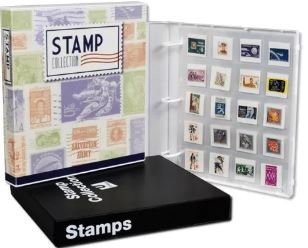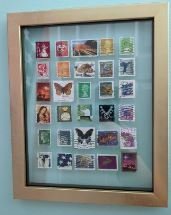For avid stamp collectors, philatelic research is one of the most exciting aspects of the hobby. It’s the process of uncovering the stories, histories, and secrets behind the stamps that form your collection. How to approach philatelic research: A collector’s guide to discovering hidden gems is a key question for any serious enthusiast. Whether you’re a novice just starting or a seasoned collector looking to expand your knowledge, learning how to research stamps effectively can open up new avenues for discovery. In this guide, we’ll explore the best ways to approach philatelic research and how it can help you uncover rare and valuable stamps in your collection.
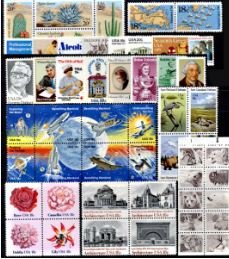
Understanding the Importance of Philatelic Research
Before diving into the practical aspects of how to approach philatelic research, it’s important to understand why research is crucial for stamp collectors. Stamps are not only beautiful works of art but also rich with historical and cultural significance. By conducting philatelic research, collectors can:
- Uncover Hidden Gems: Research helps you identify rare stamps that could be of greater value than initially thought.
- Learn the History Behind the Stamps: Every stamp has a story. Research allows you to delve into the history of the design, the event it commemorates, and the stamp’s role in the postal system.
- Verify Authenticity: Researching stamp details, such as the printing method or rare variations, helps verify authenticity, avoiding costly mistakes with counterfeit or forgeries.
- Enhance Collection Value: Knowledge about the rarity and historical context of your stamps can significantly increase their value in the market.
Now that we understand the value of philatelic research, let’s explore how to approach philatelic research effectively to discover hidden gems within your collection.
1. Start with a Comprehensive Catalog
The first step in how to approach philatelic research is to familiarize yourself with the stamp catalogs available. These comprehensive guides are essential tools for collectors. They list stamps by country, year of issue, and provide crucial details about each stamp, such as its print run, variations, and value.
- Scott and Michel Catalogs: These are among the most popular stamp catalogs and are widely used by collectors around the world. They provide detailed information about stamps from a variety of countries, helping you identify different types of stamps and their respective values.
- Specialized Catalogs: If you focus on a specific type of stamp, such as a country, thematic collection, or era, there are specialized catalogs available. For example, the “British Commonwealth” catalog focuses on stamps from former British colonies, which could help you research stamps from this particular area of interest.
By using a reputable catalog, you’ll gain a basic understanding of your stamps and learn how to approach philatelic research systematically.
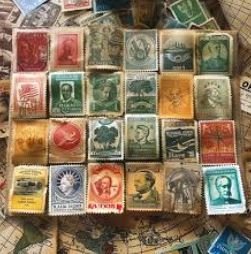
2. Learn About the Printing Process and Varieties
One of the most fascinating aspects of how to approach philatelic research is understanding the printing processes that create these miniature works of art. The method by which a stamp is printed can influence its rarity and value. Here are some important printing techniques and varieties to be aware of:
- Lithography vs. Engraving: Different printing methods can leave distinct marks on stamps. For example, lithographed stamps often have a smoother texture, while engraved stamps have a tactile, raised impression.
- Printing Errors and Variations: Sometimes, errors during the printing process can create rare and valuable stamps. These can include missing colors, misprints, or perforation errors. Researching these printing variations is key to finding “hidden gems” in your collection.
- Watermarks: Some stamps feature a watermark, which is a design or pattern embedded in the paper during the production process. Identifying watermarks can be challenging, but it can also reveal crucial information about the rarity of a stamp.
By understanding the printing methods and varieties of stamps, you can better assess your collection and determine which stamps may hold hidden value. How to approach philatelic research involves diving deep into these technical aspects and learning to identify printing variations.
3. Use Online Resources and Databases
In today’s digital age, how to approach philatelic research has been transformed by the vast array of online resources available to collectors. Whether you’re researching a specific stamp or looking for general information on philately, the internet is a treasure trove of knowledge. Some useful online resources include:
- Philatelic Websites and Forums: Websites like StampWorld, Colnect, and StampAuctionNetwork offer extensive catalogs, auction results, and collector communities where you can share information and learn from experts.
- Auction Houses and Price Realizations: Online auction platforms such as eBay and Christie’s can provide a wealth of information. By researching past auction results, you can get a sense of how much certain stamps have sold for and gauge their rarity.
- Philatelic Societies and Online Libraries: Many Philatelic societies maintain online libraries or offer access to journals, publications, and research papers. These are great resources for in-depth articles and historical information on stamps and their production.
By utilizing these online tools and platforms, you’ll significantly improve your ability to conduct effective philatelic research and uncover hidden gems in your collection.
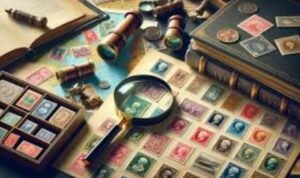
4. Seek Out Expert Advice
If you’re serious about how to approach philatelic research, it’s always a good idea to consult with experts. Professional philatelists, dealers, and appraisers can offer valuable insights that may not be readily available through catalogs or online resources. Here’s how to seek out expert advice:
- Join a Philatelic Society: Becoming a member of a philatelic society is an excellent way to meet experts and expand your knowledge. Societies often hold meetings, offer workshops, and provide members with access to specialized resources.
- Consult a Certified Appraiser: If you suspect you have a rare stamp or want to ensure the value of a stamp in your collection, consulting a certified appraiser can be a wise move. These professionals can offer expert opinions and even help with authentication.
- Attend Stamp Shows: Stamp exhibitions and conventions are great opportunities to meet experienced collectors, dealers, and appraisers. You can attend presentations, browse stamp collections, and learn from industry leaders.
Expert advice is one of the most valuable resources available to collectors and is an essential part of how to approach philatelic research.
5. Keep Detailed Records of Your Research
As you conduct your philatelic research, it’s crucial to keep detailed records of your findings. This will not only help you stay organized, but it will also enable you to track the provenance and value of your stamps over time. Here are some tips on how to document your research:
- Create a Digital Catalog: Along with traditional cataloging methods, consider using digital tools or software to track your findings. This allows you to easily store research notes, photos of stamps, and historical information in one place.
- Keep Notes on Rarity and Condition: Document any variations, print errors, or condition issues you find. This information will be invaluable if you decide to sell or insure your collection.
- Update Regularly: Philatelic research is ongoing. Be sure to update your records regularly as you discover new information or acquire new stamps.
By maintaining comprehensive records, you’ll be able to track the progress of your research and gain a deeper understanding of your collection over time.

Conclusion
How to approach philatelic research: A collector’s guide to discovering hidden gems is a rewarding journey that allows you to explore the intricate world of stamps. By using the right resources, understanding printing methods, seeking expert advice, and keeping detailed records, you’ll be well on your way to uncovering rare and valuable stamps in your collection. Whether you’re just starting or have years of experience, the process of research is crucial to understanding the full story behind each stamp.
Remember, philatelic research is about more than just finding monetary value; it’s about deepening your appreciation for the history and artistry of stamps. So, dive in, explore the vast world of philately, and start discovering the hidden gems that await in your collection.

